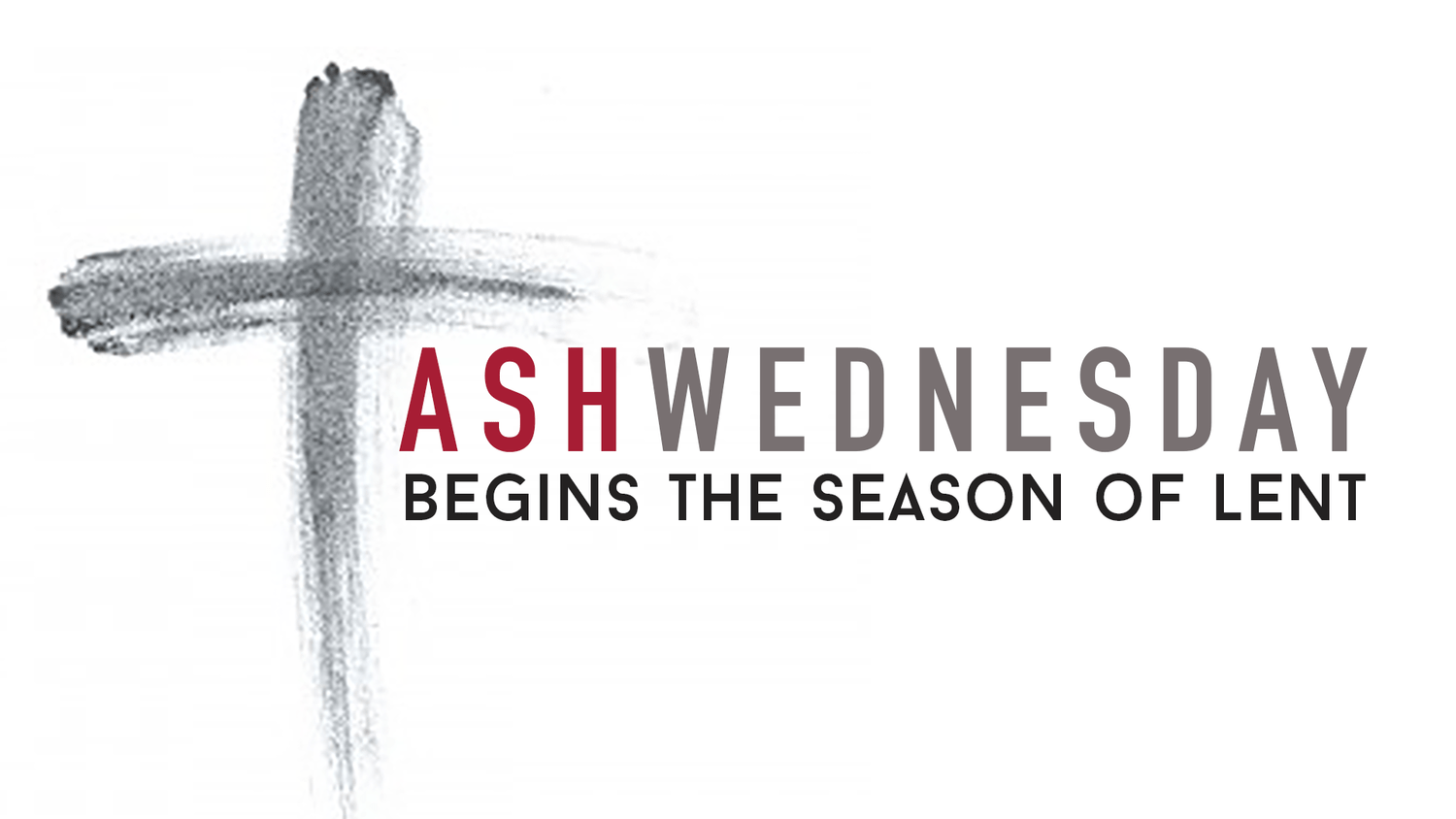It has been a bleak and damp season this year, climate change has meant we have had fewer days of the frost and snow when the ground was hard and the sky clear, and the cold was clean and dry and invigorating. I have less incentive to get things done in the mud with parts of the garden under water. But it has its compensations, watching the bird feeder through the window and visualising how different it will be as the days get longer and nature prepares us for spring. By now, most small insectivorous birds have left for sunnier climes or switched diet to fruit or seeds. Bucking the trend is the mouse-like wren, which exploits its niche year-long. It seems miraculous that the little bird finds enough invertebrate fuel, and it must forage nonstop.
When temperatures drop, every long midwinter night poses a serious challenge for a small bird. The smaller you are, the faster you lose body heat, the narrower the margin between survival and succumbing to the cold. So, the stakes are high for the tiny wren, which weighs around 9–10g – fractionally more than a new pound coin. Even if it fluffs out its plumage and joins one of the communal winter roosts for which this species is known, the mouse-like bird will by dawn have lost nearly all of the weight it put on during the previous day’s foraging.
Fascinating research published in 2016 by the British Trust for Ornithology (BTO) and University of East Anglia showed that the impact of winter weather has led to physical divergence between wrens in the north and south of Britain.
Wrens checked by bird ringers in the country’s mildest region, south-west England, were found to be on average 5% lighter than those in north-east Scotland, our coldest, most frost-prone area, where extra size offers an evolutionary advantage. It may not sound like much, but for our third-smallest bird (after the goldcrest and firecrest) it could just make the difference between life and death.

However, this is the time to slow things down and zoom in on a world that’s easy to overlook among the riches of spring, summer and autumn. Stop to inspect walls, gravestones and the trunks and branches of trees because there is no shortage of fabulous wildlife there. Open your eyes to the fabulous world of lichens and mosses: they provide incredible mini forests and beautiful bright greens and yellows and mosses. It’s a real injection of colour at a time when we need it the most! Mosses are distinctive from flowering plants because they produce spores. They have stems and leaves but not true roots. They are reliant on damp conditions for reproduction because the male cells need to move via a film of water to reach another plant, depending on the species. Mosses are important ecologically as one of the first colonisers of bare ground. They absorb huge quantities of water, helping to soak up rainfall and create a locally humid environment. They also act as an important home for other creatures. These are mainly invertebrates and include species like woodlice and slugs.

A beautiful feature of the hedgerows at this time of year is ‘Travellers Joy’ often called ‘Old Man’s beard’ It’s native to the south of England but has spread and is now found in many areas of the UK, including here in The Cotswolds. This scrambling plant it is often found growing on top of hedgerows, bushes, scrub or trees. It favours chalky soil.

Traveller’s Joy (Clematis vitalba) is considered an invasive weed where it has spread outside its native range. It can form dense
thickets blanketing trees and shrubs. A perennial, it flowers from July to September but comes into its own in the winter, especially when covered by snow. Traveller’s joy has been used in various treatments as it is said to contain anti-inflammatory properties. Traditional recipes used the plant to treat various ailments, including skin irritations and stress.
As this species is a woody plant, the stem was used in the past to make baskets. It is called traveller’s joy because it adorns hedges and banks in the countryside with billows of beautiful feathery seed heads in the grey months leading up to Christmas.
“Every gardener knows that under the cloak of winter lies a miracle … a seed waiting to sprout, a bulb opening to the light, a bud straining to unfurl. And the anticipation nurtures our dream.”
– Barbara Winkler
















You must be logged in to post a comment.